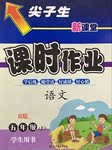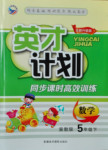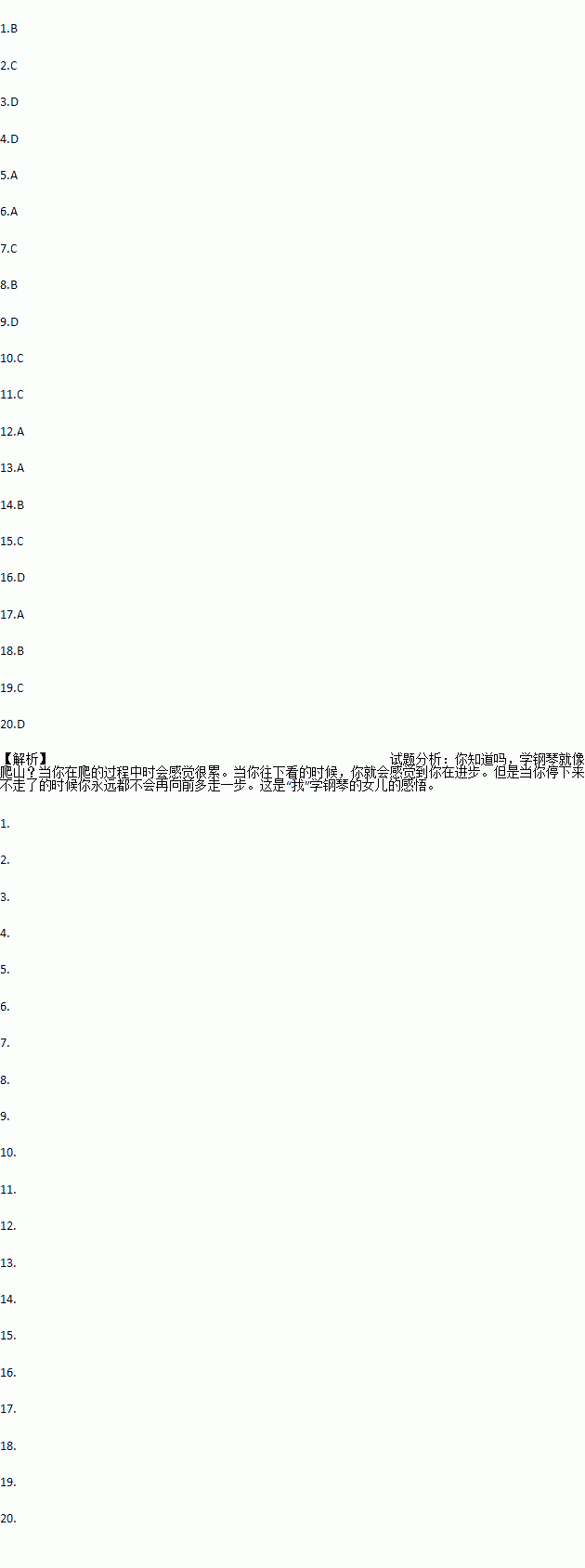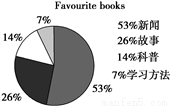题目内容
My daughter performed on behalf of her class in the annual school concert today. She played so ____ that I could not help cheering her. The very ____ reminded me of her experiences of piano practicing.
When she was five, we gave her a piano as a birthday present. With great____,she began learning it. However, when she was no longer ____,she became sick of it.____,it is a tough job to learn the piano, not to mention the daily routine (常规) of ____.
When her first teacher left, my friend ____ me to an American teacher whose way of teaching was completely American. After practicing, she would give my daughter some____ comments, and then point out what should be ___.Every time she came,____ beginning the lesson right away, she would first play some ____.She said, “To learn the piano, you should learn not only the ____ of playing, but more importantly, to ____ the music and love it.”
After some time, my daughter became fond of her lessons. Sometimes she ___ would like to_____ a little bit when her skill had reached a certain level.
Surprisingly, my daughter said to me one day, “Mom, I was ____ that you didn’t give up my piano lessons. Learning it is like climbing a mountain. You’ll feel ____ when you are on the way. When you look ____ from the top, you will realize that you have been making____.But if you ___,you’ll never take one more step.” That was the very thing I wanted to teach her.
1.A. regularly B. smoothly C. carefully D. happily
2.A. music B. scene C. arrangement D. praise
3.A. excitement B. pressure C. regret D. unwillingness
4.A. young B. free C. curious D. enthusiastic
5.A. After all B. Above all C. In all D. First of all
6.A. cost B. practice C. education D. show
7.A. led B. sent C. directed D. introduced
8.A. usual B. interesting C. good D. humorous
9.A. explained B. changed C. stopped D. improved
10.A. as with B. instead of C. except for D. thanks to
11.A. music B. jokes C. games D. sports
12.A. materials B. skills C. training D. secrets
13.A. create B. follow C. feel D. read
14.A. once B. then C. still D. even
15.A. make up B. look back C. show off D. give away
16.A. nervous B. lucky C. afraid D. astonished
17.A. tired B. easy C. embarrassed D. excited
18.A. out B. off C. down D. over
19.A. mistakes B. choices C. progress D. time
20.A. stop B. continue C. do D. move
 尖子生新课堂课时作业系列答案
尖子生新课堂课时作业系列答案 英才计划同步课时高效训练系列答案
英才计划同步课时高效训练系列答案The Hearst Castle
Hearst Castle is a park on the central California coast and a National Historic Landmark. It was designed by Julia Morgan for William Randolph Hearst from 1919 until 1947. In 1957, the owner donated the fortune to the state of California. Since that time it has been a state historic park where its large collection of art and antiques are open for public tours. Despite its location far from any urban center, the site attracts roughly one million visitors per year.
Guided Tours
• Tour One is recommended for first time visitors. It now includes the movie, Hearst Castle Building the Dream.
• Tour Two gives visitors a closer look at the main house's upper floors, Mr. Hearst's private suite, the libraries, and the kitchen.
• Tour Three looks at the Castle's North Wing, guest rooms and guest house Casa Del Monte.
• Tour Four includes the impressive gardens and grounds, the largest guesthouse, the wine basement, and the Hidden Terrace.
• The evening tour is a special tour that allows visitors to experience the Castle at night as one of the Hearst's own visitors might have.
Ticket Prices
Hearst Castle accepts VISA, Master Card, American Express and Discover. Free day use parking is available for automobiles, motorcycles, tour buses and recreational vehicles.
Tours | Adult | Ages 6-17 |
Tour 1 | $24 | $12 |
Tours 2, 3 or 4 | $24 | $12 |
Evening tour | $30 | $15 |
* Children under 6 are free when accompanied by a paying adult.
Reservation (预订)Information
Reservation Call Center Hours | |||
Dates | Monday-Friday | Saturday-Sunday | |
March-September | 8am to 6pm | 8am to 6pm | |
October-February | 9am to 5pm | 9am to 3pm | |
While tickets may be purchased at the Visitor Center upon arrival, tour reservations can be made online now or by calling 1-800-444-4445, see below for times.
Visit www.hearstcastle.org for more information.
1.Who does the Hearst Castle belong to at present?
A. William Randolph Hearst. B. Julia Morgan.
C. The Hearst Corporation. D. The state of California.
2.If you are quite interested in wine, which tour will you choose?
A. Tour One. B. Tour Two.
C. Tour Three. D. Tour Four.
3.If a couple take Tour One with their 5-year-old son, how much will they pay for the tickets?
A. 36. B. 48
C. 60. D. 75.
4.Which of the following is the available time to book tickets by phone?
A. At 8 am on Monday in February. B. At 9 am on Sunday in March.
C. At 7 pm on Friday in September. D. At 6 pm on Saturday in October.


